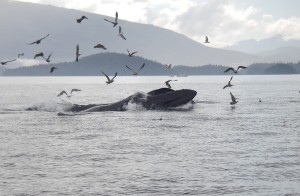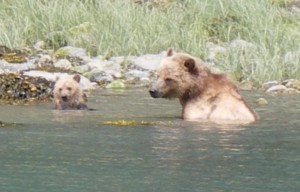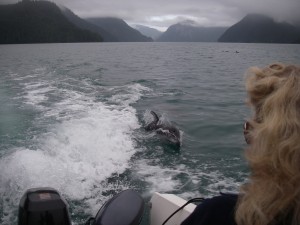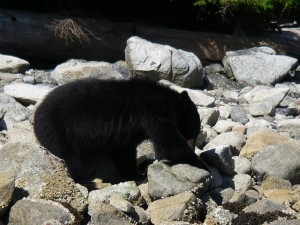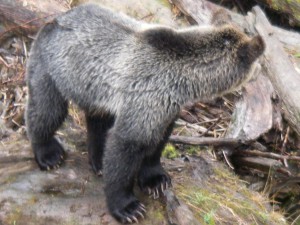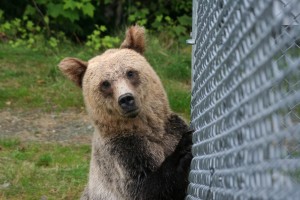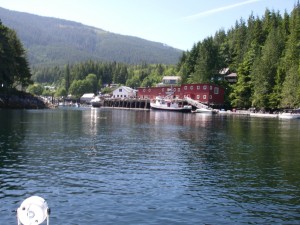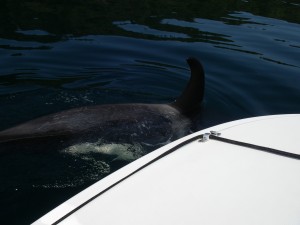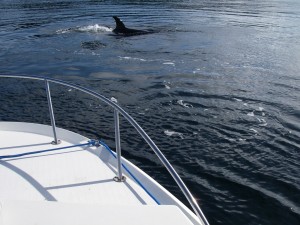It is always interesting that along the coast the blacktail deer population is exploding yet it is rare to observe them swimming between islands. The explosion is blamed on a lack of predators (cougars and wolves) and restrictive hunting regulations. On the islands where deer are present, they exist in high densities, around one per hectare, and they’re devouring native plants. Some smaller islands, which can reasonably support 200 or so deer, are now home to thousands. Young arbutus trees and native flowers, for example, are now rare, and birds that rely on the plants are also disappearing. As well, the fierce competition for food leaves the deer hungry and scrawny.

